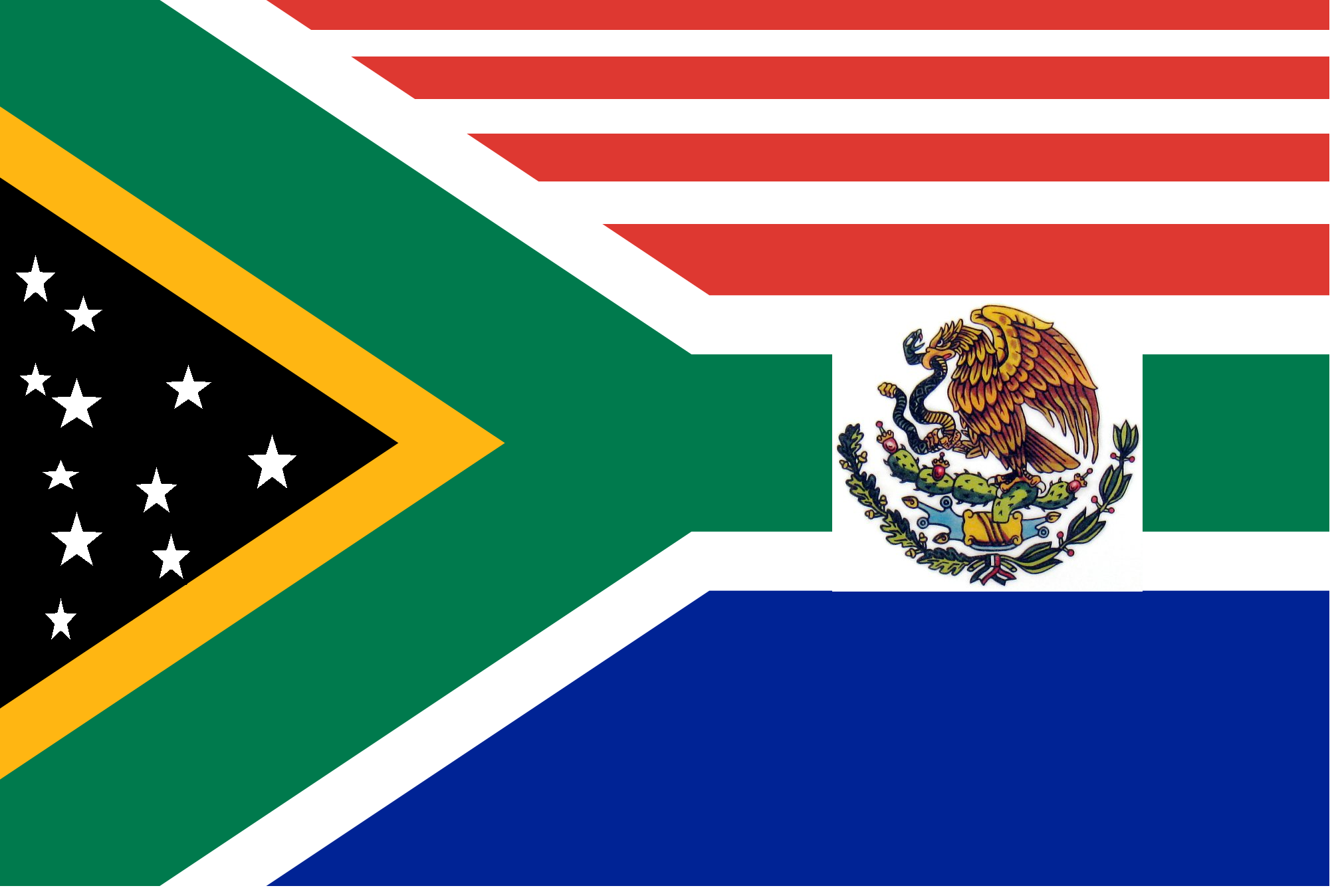In the lecture “DNA and Blaxicans,” Dr. Annemarie Perez discusses the black and white binary within American society and how that affects race identities among individuals. The black and white binary is the ideology where only black and white folk are recognized within communities. Although the black population is one of them most oppressed groups in the world, the other ethnic groups in between of this binary who are also mistreated and abused because of their historical and cultural backgrounds go unrecognized. In the article “Race Beyond Black and White: Four Reasons to Move Beyond the Racial Binary,” author Scot Nakagawa addresses the issues that rise from looking through societal issues using a limited viewpoint. Nakagawa lists reasons to which it is important to move past the black and white binary:
- “Ignorance of our multi-racial history is the enemy of civil rights”
- “We are all profiled differently by race, but all of the different ways in which we are profiled serve the same racial hierarchy”
- “Race is central to the struggle over citizenship in America”
- “In order to achieve racial equity, we need to complicate our understanding of race”
In other words, to make our society more progressive and accepting, people need to stop influencing the use of social constructions such as race; this only makes categorization of others more common and silences the cultures of those who do not belong to just one group. No ethnic community is more important or “pure” than the other. These racial hierarchies within American culture have only damaged the way people can openly and proudly express the various heritages within their identity.
Just like author Nakagawa, being bi-racial and bi-cultural brings its challenges when it comes down to identification. For a long time, I felt as though I had to choose between my Mexican and Salvadoran heritage. Since I did not know many Salvadoran folk within my community, I only identified as Mexican. This caused me a sense of guilt because I wanted to be prideful of both my cultures but I did not want to keep explaining myself to people every single time. I then transitioned over to identifying as Latina since that term was a bit more inclusive, however, people still made assumptions that all Latinas/os were Mexicans. Now, I simply say I am Chicana/Salvadoreña because I feel as though I am representing both sides of my family in a balanced manner. And besides, the way I identify should only make myself feel comfortable and the best way people could support me is by simply acknowledging that there are different layers to my persona.
Race Beyond Black and White: Four Reasons to Move Beyond the Racial Binary





